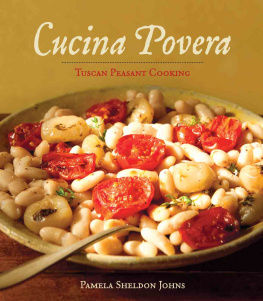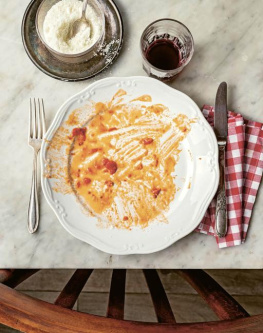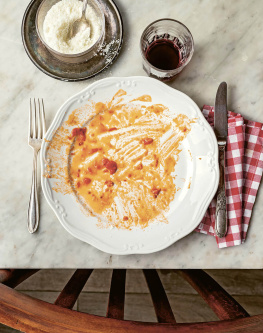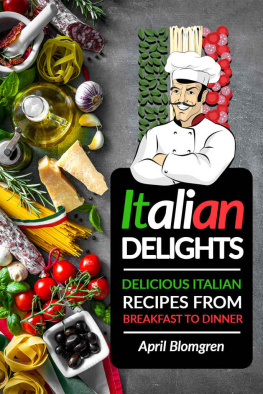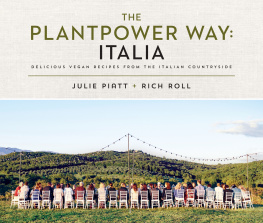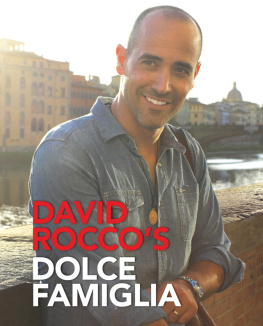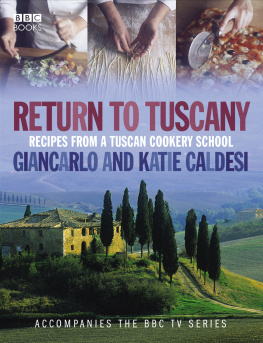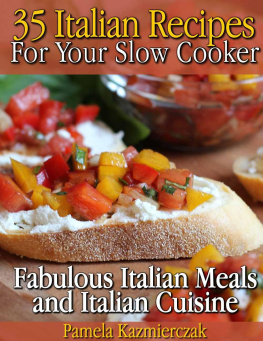Pamela Sheldon Johns - Cucina Povera: Tuscan Peasant Cooking
Here you can read online Pamela Sheldon Johns - Cucina Povera: Tuscan Peasant Cooking full text of the book (entire story) in english for free. Download pdf and epub, get meaning, cover and reviews about this ebook. year: 2011, publisher: Andrews McMeel Publishing, genre: Home and family. Description of the work, (preface) as well as reviews are available. Best literature library LitArk.com created for fans of good reading and offers a wide selection of genres:
Romance novel
Science fiction
Adventure
Detective
Science
History
Home and family
Prose
Art
Politics
Computer
Non-fiction
Religion
Business
Children
Humor
Choose a favorite category and find really read worthwhile books. Enjoy immersion in the world of imagination, feel the emotions of the characters or learn something new for yourself, make an fascinating discovery.
- Book:Cucina Povera: Tuscan Peasant Cooking
- Author:
- Publisher:Andrews McMeel Publishing
- Genre:
- Year:2011
- Rating:3 / 5
- Favourites:Add to favourites
- Your mark:
Cucina Povera: Tuscan Peasant Cooking: summary, description and annotation
We offer to read an annotation, description, summary or preface (depends on what the author of the book "Cucina Povera: Tuscan Peasant Cooking" wrote himself). If you haven't found the necessary information about the book — write in the comments, we will try to find it.
Brava, Ms. Sheldon Johns, for bringing this cooking to us with such grace, and with a reverence that goes to the heart of the Italian cuisine. --InMamasKitchen.com
Cucina Povera is a delightful culinary trip through Tuscany, revered for its straightforward food and practical people. In this beautifully photographed book you will be treated to authentic recipes, serene landscapes, and a deep reverence for all things Tuscan. --Mary Ann Esposito, the host of PBS Ciao Italia and the author of Ciao Italia Family Classics
The no-waste philosophy and use of inexpensive Italian ingredients (in Tuscan peasant cooking) are the basis for this lovely and very yummy collection of recipes. --Diane Worthington, Tribune Media Services
Italian cookbook authority Pamela Sheldon Johns presents more than 60 peasant-inspired dishes from the heart of Tuscany inside Cucina Povera. This book is more than a collection of recipes of good food for hard times. La cucina povera is a philosophy of not wasting anything edible and of using technique to make every bite as tasty as possible. Budget-conscious dishes utilizing local and seasonal fruits and vegetables create everything from savory pasta sauces, crusty breads and slow-roasted meats to flavorful vegetable accompaniments and end-of-meal sweets.
The recipes inside Cucina Povera have been collected during the more than 20 years Johns has spent in Tuscany. Dishes such as Ribollita (Bread Soup), Pollo Arrosto al Vin Santo (Chicken with Vin Santo Sauce), and Ciambellone (Tuscan Ring Cake) are adapted from the recipes of Johns neighbors, friends, and local Italian food producers. Lavish color and black-and-white photographs mingle with Johns recipes and personal reflections to share an authentic interpretation of rustic Italian cooking inside Cucina Povera.
Pamela Sheldon Johns: author's other books
Who wrote Cucina Povera: Tuscan Peasant Cooking? Find out the surname, the name of the author of the book and a list of all author's works by series.

